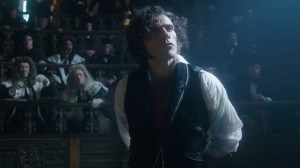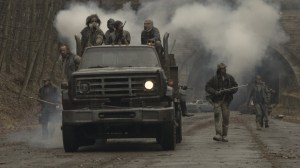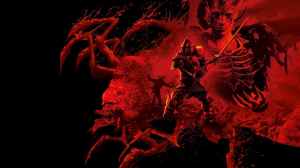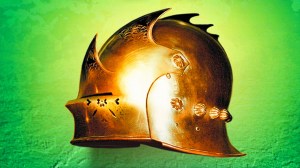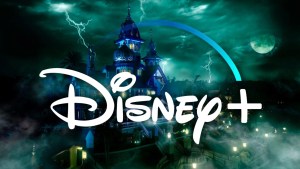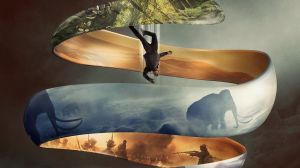Guillermo del Toro’s Frankenstein, which released in theaters on October 17th, bears the marks of the great adaptations before it. Traits like the towering frame and scarred face seen on Jacob Elordi’s Monster are now synonymous with the creature himself, thanks to legends like Boris Karloff and Christopher Lee. Yet there’s one lesser-known Frankenstein that was a massive influence on del Toro’s adaptation, even earning a special shoutout in the credits. What’s weirder is that this influence stems from a book originally published by Marvel Comics.
Videos by ComicBook.com
In 1983, the late comic book artist Bernie Wrightson released a pen-and-ink adaptation of Mary Shelley’s Frankenstein, which is often considered the definitive illustrated edition of the tale. The resemblance between Wrightson’s illustrations and the film’s imagery is undeniable. Even del Toro himself has said the artist’s work was foundational. The direct contribution in the film’s credits reads: “Frankenstein character design inspired in part by Bernie Wrightson’s ‘Frankenstein monster.’” For Frankenstein and del Toro fans alike, Wrightson’s elaborate, detailed vision is something to behold.
Bernie Wrightson’s Frankenstein
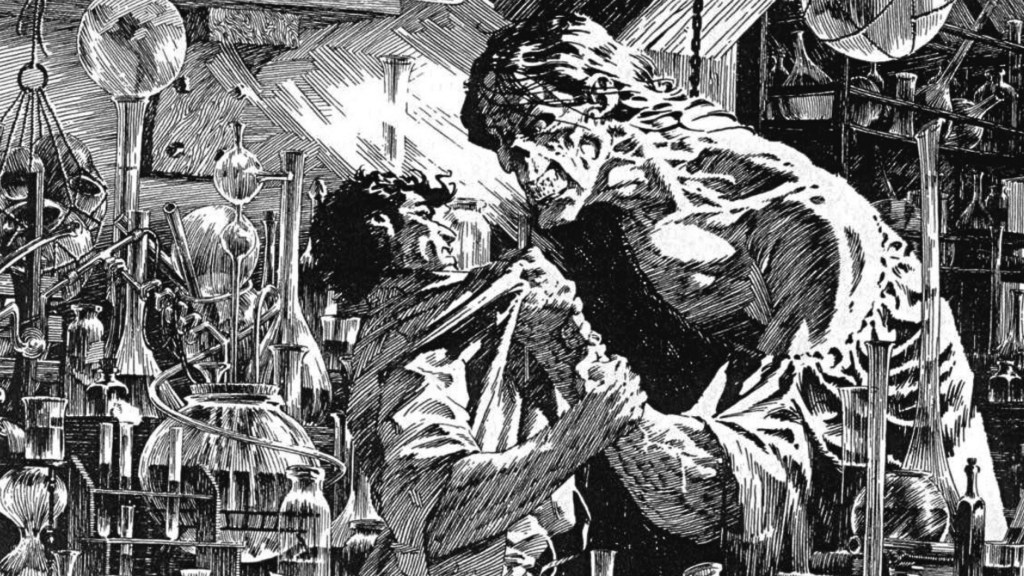
Before his death in 2017, Wrightson had secured his place among the comic book legends. Between his 1971 co-creation of Swamp Thing with Len Wein and his illustrations for Stephen King’s Cycle of the Werewolf, Wrightson built a reputation as a horror visionary. Yet it was after adapting other Gothic stories by Edgar Allen Poe and H.P. Lovecraft that Wrightson began an unpaid passion project, spending seven years hand-illustrating his own edition of Frankenstein. The result was a book of 45 astonishing black-and-white illustrations rendered in his distinct crosshatching technique.
The book was initially published by Marvel Comics in 1983. It was also explicitly based on Shelley’s descriptions, avoiding influence from the existing film adaptations at the time. Wrightson’s monster was a gaunt, wide-eyed, pale creature, clad in military clothing, and he was more human than the version the public had come to know. This approach is echoed in del Toro’s Frankenstein, and in many ways, Wrightson is the main link between Shelley’s novel and the recent film.
Wrightson’s Influence on the Frankenstein Film
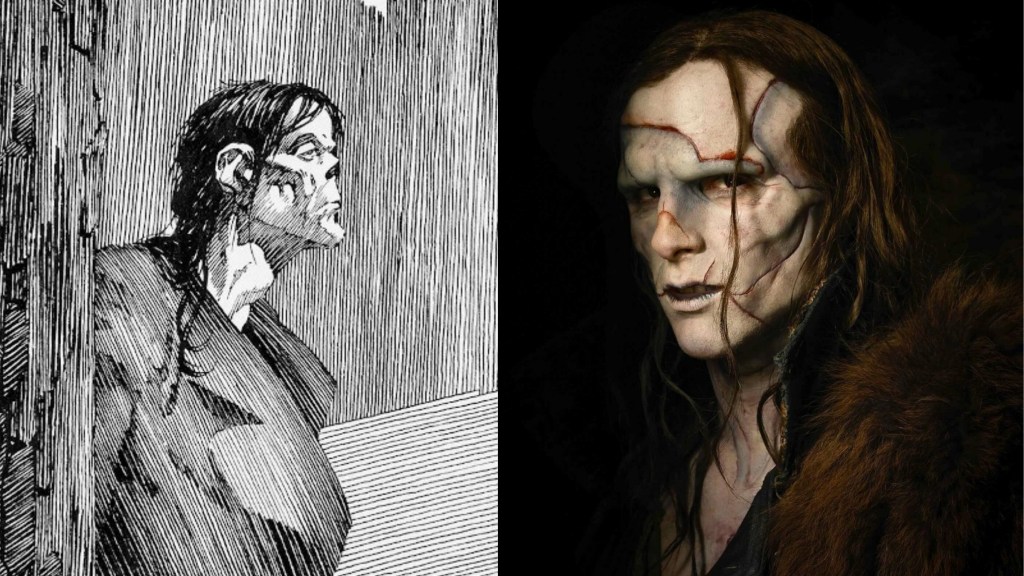
Del Toro’s passion for monsters often veers into reverence, and Wrightson, the “master of the macabre,” is at the top of del Toro’s personal pantheon. When del Toro got the green light to make his long-dreamed-of adaptation, he licensed Wrightson’s Frankenstein directly. Both Elordi (who plays the creature) and Oscar Isaac (Victor Frankenstein) reportedly kept Wrightson’s art on the walls of their living quarters during filming. According to Vanity Fair, Elordi even turned his apartment into what he described as “a shrine” to Wrightson’s monster, filling the space with prints of the artist’s renderings so he could live and breathe the creature’s melancholy. Every department, from makeup to cinematography was seemingly touched by Wrightson’s influence.
Del Toro has claimed to possess a religious devotion to the ancestors of his craft, speaking reverently of Frankenstein as a “sermon” delivered in a church “built by Karloff, Mary Shelley, and Bernie Wrightson.” According to the end credits, Wrightson was one of the key architects behind this onscreen Monster, and according to del Toro, Wrightson himself “looms eternal” from beyond the grave.
Thankfully, the comic book genius lived long enough to talk with del Toro about his dreams of one day adapting the story, and the two remained close until Wrightson’s passing. In the end, it was del Toro who made sure Wrightson’s influence was credited. Both their connection and the lineage of Frankenstein’s Monster are now immortalized in the movie itself.
Guillermo del Toro’s Frankenstein is now in theaters.
Have you seen Frankenstein yet? Leave a comment below and join the conversation now in the ComicBook Forum!

